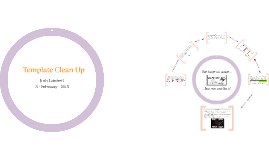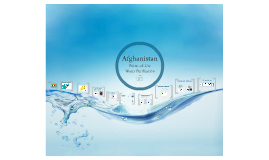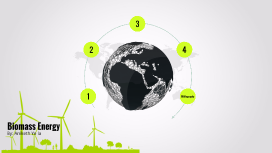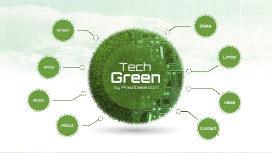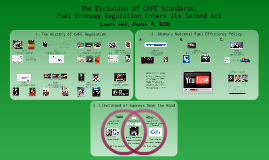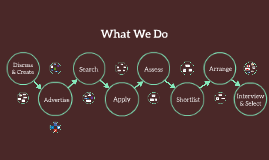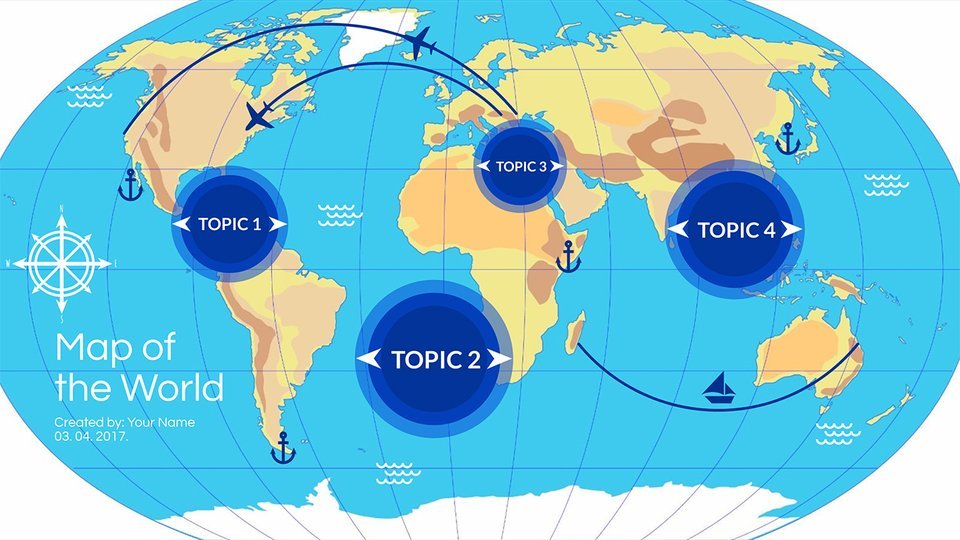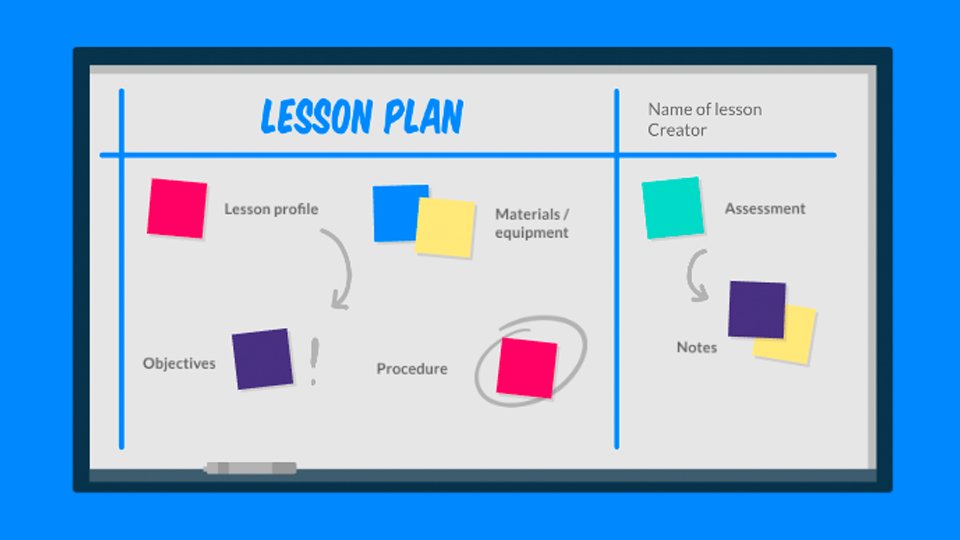Clean Energy Tech
Transcript: Biomass Energy By: Aniketh Yella Introduction 1 What is renewable and non-renewable energy? What is non-renewable energy? Non-Renewable Energy Non-renewable energy is energy produced from resources that are limited and will eventually run out. This means that the resources needed cannot be replenished at a faster rate than which they are consumed. Similar to coal and oil which are limited on the earth and cannot be replenished at even an equivalent rate. They are being consumed rapidly and will not replenish for a very long time (millions of years). However due to the increase issues with global warming, there is hesitance of use of fossil fuels due to their release in greenhouse gases and their limited supply, which is why renewable energy is being considered. What is renewable energy? Renewable energy is energy that is produced from resources that are naturally replenished in short amounts of time. This means that the resources needed for the energy are produced at a faster rate than which they re consumed. This means that they are basically inexhaustible. It is similar to how plants are grown and used then are replenished again before they are fully consumed, allowing for a sustainable system to keep plants from diminishing. Renewable Energy Biomass Energy 2 What is biomass as a renewable energy source? As an Energy Source Biomass as an Energy Source What is biomass energy? Biomass is the renewable, organic material that comes from plants and animals. Biomass is a large contributor to energy, the US eia stated that biomass energy was "the largest source of total annual U.S. energy consumption until the mid-1800s." The main goal of biomass is to use crops, wood, garbage, landfill (gas, solids and liquids), alcohol fuels, etc. to create a way to get rid of unused materials and have a source of fuel to produce energy from that is renewable. It is widely used due to its ability to be used a renewable source and its low to no carbon-neutrality as in most instances carbon dioxide is used to produce the fuels (as shown in figure 1) that are then used to produce energy allowing less impact on the environment and potentially reducing climate change. Biomass related sources that are used to produce energy usually are taken from processes involving plant matter and animal matter (e.g. fermentation of sugars, rotting animal waste and processed oils) which are called biofuels (e.g. biodiesel, biogas and bioethanol). Figure 1, ScienceFacts.net, https://www.sciencefacts.net/carbon-cycle.html The use of biomass Biomass has been around for approximately 230,000 - 1,500,000 years, it has been used for a very long time and was very abundant even before humans existed. Biomass started being utilized as a source of energy when fire was discovered, used as a way to convert a fuel into electrical or heat energy. Biomass is considered one of the most simple renewable energy sources globally due to the ease of obtaining energy through its combustion. Now, due to its renewable nature and low carbon footprint it has gained popularity around the world to reduce the effects of climate change as it has a low/no carbon-neutrality. Biomass is mainly obtained from natural processes and can be sourced from various means, the most common being the burning of woody biomass (forest biomass, wood, etc.). Biofuels such as biogas have had many innovations making them viable and the leading source of renewable energy as shown in figure 2 there has been mass use of biomass fuels in recent years in various fields. Figure 2, eia, https://www.eia.gov/energyexplained/biomass/ How is it obtained? Biomass is gathered from organic plant and animal matter. These can include materials such as firewood, wood chips/pellets, lumber, furniture, black liquor, agricultural crops (corn, sugar cane, etc.), paper, cotton, wool, animal manure, human sewage, etc. There is a very broad variety of natural sources that can be used to convert into biofuels or into energy directly. Processes to convert biomass to energy include: Direct Combustion (Burning to produce heat) The most common methods to convert biomass is direct combustion which involves burning the biomass sources directly to produce heat energy to be used in heating buildings, water, industrial processes and generating electricity on steam turbines. Thermochemical Conversion (Produces solid, liquid or gas fuel) Thermochemical conversion involves the pyrolysis and gasification of organic matter, which is the heating of organic materials in intense temperatures and pressure to produce fuels in anaerobic conditions, which can be used to produce electricity or heat. Chemical Conversion (Produces liquid fuels) Chemical conversion is just a process called transesterification which converts vegetable oils and fatty methyl esters into biodiesel which can be used for heat energy. Biological Conversion (Produces gas and liquid fuels) Biological conversion is the fermentation of sugars to produce bioethanol and also 4






